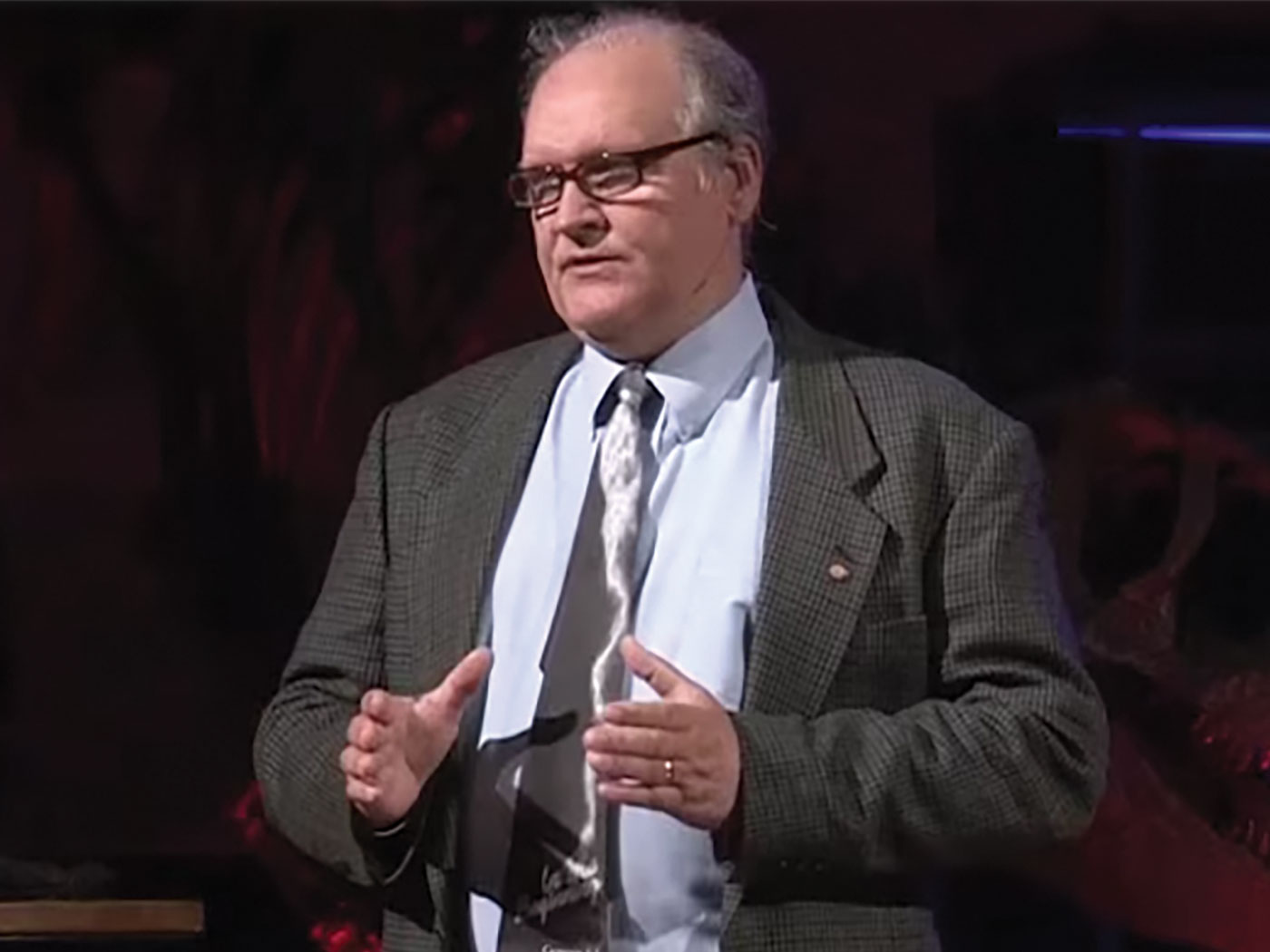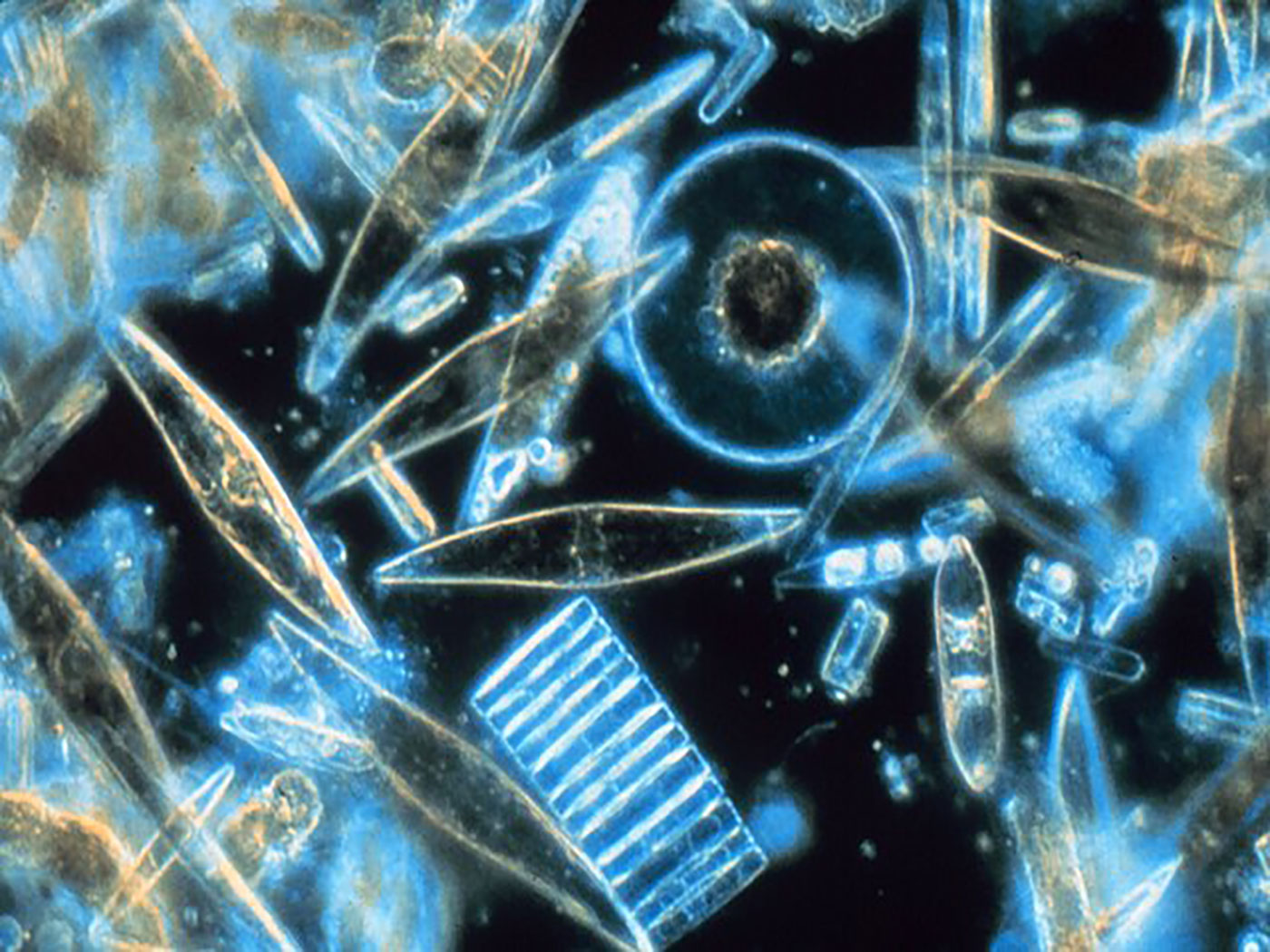Jupiter's moon Io may have a very short name, but it definitely has the highest volcanic activity of any object in the solar system. Littered with volcanoes, its unique surface sports a massive active volcano named Loki whose lava output exceeds that of all of earth's volcanoes put together. Of course, where there's smoke, there's fire, and the origin of Io's volcanic heat remains a mystery.
A recent creation astronomy video summarized the issue by stating, "If Io is young, it could still be cooling off from its initial formation. But if it's really billions of years old, that energy would have dissipated long ago."1 New measurements recently confirmed what researchers had expected for quite a while: Io has a molten or partly molten magma "ocean" beneath its crust.2
The study, published in the journal Science, found that magnetic signatures detected by the Galileo spacecraft cannot be explained if Io is entirely solid. But a 30-mile-thick molten or partly molten layer lying beneath the moon's crust would account for the magnetic data.3 Although the question of Io's volcanic lava source has been answered, the source of Io's heat has not been found.
In 1982, authors Pearl and Sinton wrote in Satellites of Jupiter, a compilation of research on Jupiter's moons, "Complete elucidation of the heat source remains a significant outstanding problem resulting from the discovery of active volcanism on Io."4 And since then, no long-age models have been able to match the measured heat output of this tiny fiery sphere.
Specifically, Io emits 1014 watts of power, approximately equal to the output of 10 trillion light bulbs. Virtually all attempts to model Io's heat refer to its "tidal friction." This occurs when Io is pulled in different directions by the gravitational attraction of Jupiter on one side and the planet's other moons on the other side. This causes flexing that generates heat beneath Io's crust, although not enough to account for its massive heat output.
A review paper on the Io heat problem referenced German planet scientist Tilman Spohn, who "acknowledges that there is a gap of about one order of magnitude between the observed heat flow from infrared measurements and the heat flow theoretically determined from tidal [friction] dissipation models."5 Io's heat output is therefore around ten times greater than the long-age models say it should be.
The lead author of the Science study said in a Jet Propulsion Laboratory news release, "Scientists are excited we finally understand where Io's magma is coming from and have an explanation for some of the mysterious signatures we saw in some of the Galileo's magnetic field data."2 But this new insight about magma only serves to confirm that Io's interior is hot enough to melt rock! Io therefore continues to torch "billions of years" theories that end in shoulder-shrugging non-explanations for the planet's heat problem. Like so many other objects in the solar system, Io looks quite young.
References
- What You Aren't Being Told about Astronomy, Volume 1: Our Created Solar System. 2009. DVD. Directed by Spike Psarris. Creation Astronomy Media.
- Galileo Data Reveal Magma Ocean Under Jupiter Moon. Jet Propulsion Laboratory News & Features. Posted on jpl.nasa.gov May 12, 2011, accessed May 17, 2011.
- Khurana, K. K. et al. Evidence of a Global Magma Ocean in Io's Interior. Science Express. Posted on sciencemag.org May 12, 2011, accessed May 17, 2011.
- Pearl, J. C., and W. M. Sinton. 1982. Hot Spots of Io. Satellites of Jupiter.D. Morrison, ed. Tucson, AZ: Arizona University Press, 724-755. Cited in Spencer, W. 2003. Tidal Dissipation and the Age of Io. In Proceedings of the Fifth International Conference on Creationism. R. L. Ivey, ed. Pittsburgh, PA: Creation Science Fellowship, Inc., 585-595.
- Spencer, W. 2003. Tidal Dissipation and the Age of Io. In Proceedings of the Fifth International Conference on Creationism. R. L. Ivey, ed. Pittsburgh, PA: Creation Science Fellowship, Inc., 585-595.
Image credit: NASA/JPL-Caltech
* Mr. Thomas is Science Writer at the Institute for Creation Research.
Article posted on May 23, 2011.

















